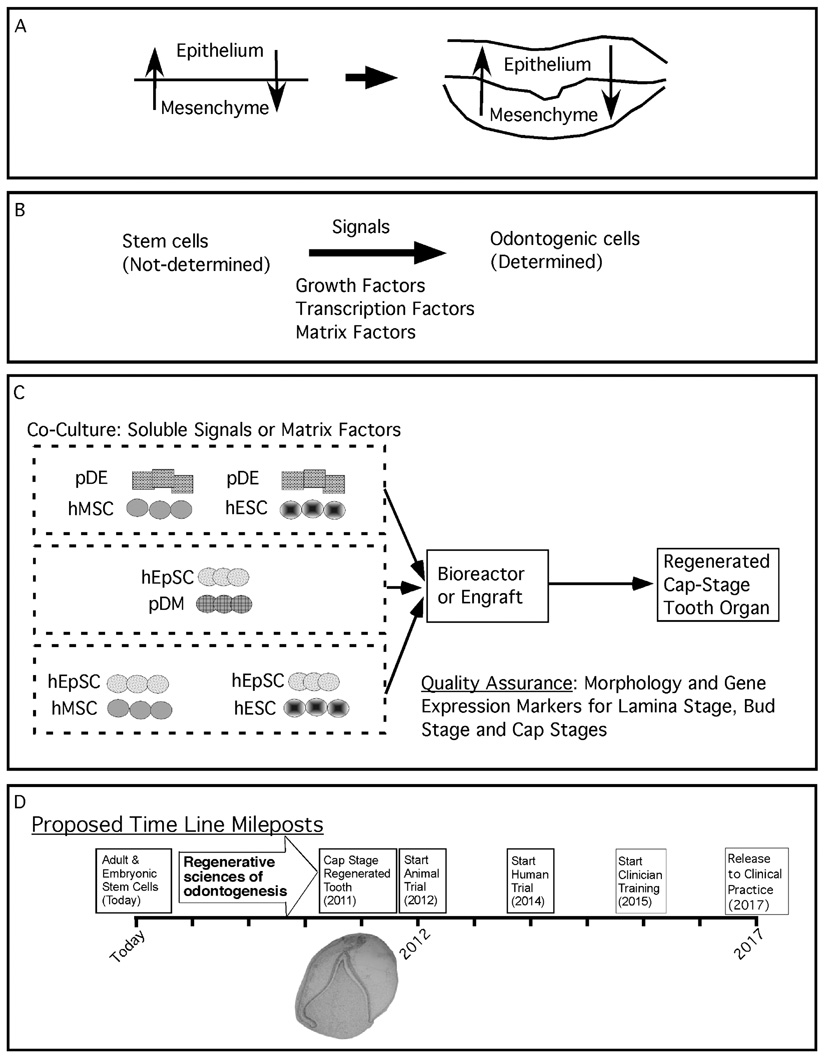Figure 3. Rationale for regenerating a human tooth.
Panel A defines the reciprocal signals occurring between all epithelial-mesenchymal interacting tissues. Fundamental to organogenesis is the ability of one tissue to induce in another tissue the expression of previously quiescent genes that determines the induced tissue to acquire a new identity. Panel B describes the use of growth factors, transcription factors, and matrix factors to provide the signals inducing a naïve stem cell population to adopt odontogenic potential. Panel C is a strategy for screening a variety of stem cell populations, such as mesenchymal stem cells (MSC), embryonic stem cells (ESC), and epithelial stem cells (EpSC) for their ability to adopt odontogenic capacity under the influence of an odontogenic tissue, such as porcine dental epithelia (pDE) or porcine dental mesenchyme (pDM). Panel D is the time line required to bring the laboratory steps together for the in vitro manipulation of stem cell populations to regenerate a cap stage tooth bud and to initiate clinical training with release to the dental community within a decade.

